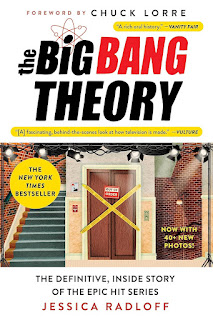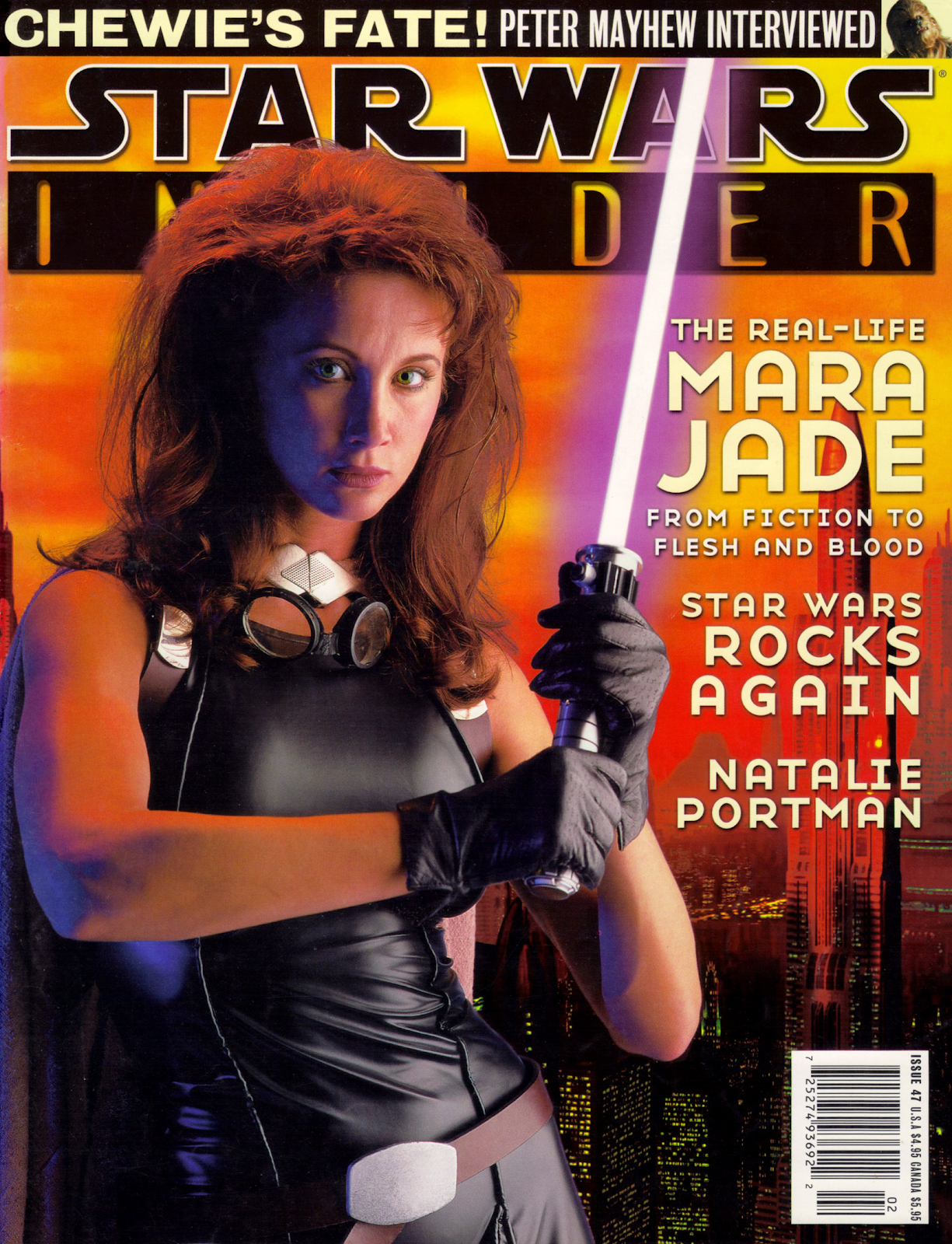Hey everyone, how's it going? I'm doing pretty well. I'm back with another book review. This time I'm actually taking a look at a non-fiction book. As you can see from the title of the book, it's about the making of The Big Bang Theory. It's The Big Bang Theory: The Definitive, Inside Story of the Epic Hit Series by Jessica Radloff. The author interviewed the entire cast, including guest stars like Wil Wheaton, Mark Hamill, and Bob Newhart, as well as the show's co-creators, Chuck Lorre and Bill Prady, the showrunners, Steve Molaro and Steve Holland, and other members of the production crew. I can't really give a spoiler warning, because it's non-fiction, but, I'll be talking about the show and my personal history with it. So, let's get into it.
The Big Bang Theory is one of my all time favourite shows, and my favourite comedy, with The Goldbergs being my second favourite comedy. The characters are so relateable, and it's about geeks and how we struggle to live in this world that is mostly anti-geek. This book illustrates that extremely well. Particularly how the show's creators and writers talk about how they approached each character in the writing process.
When the show was on the air from 2007 until 2019, I didn't follow the production of it very closely. So all the information in this book about the writing on the show, and how the writers came to certain decisions, was completely new to me. I even didn't really know that much about the show's creators. I knew who Chuck Lorre was as he'd worked on Roseanne, and created Two and a Half Men and Mike & Molly among many others, as well as being the guy who created the theme song for the original 1987 Ninja Turtles series. But, like, I didn't know that Lorre got rid of his TV in 1969 after Star Trek had been canceled along with another show, The Smothers Brothers Comedy Hour (1967-1969), and then just didn't have one until the late '70s. I also didn't know that co-creator, Bill Prady, was diagnosed with Autism during the third or fourth season of Big Bang, or that Steve Molaro and Steve Holland had worked at Nickelodeon on Zoey 101 and iCarly before being hired as writers and showrunners on Big Bang.
I also gained so much more respect for the show and the people who made it for how socially conscious they were at a time where that wasn't such a big deal. For example, they knew they needed more women on the show, which is why Maria Ferrari and Tara Hernandez were hired as writers, and Melissa Rauch and Mayim Bialik were cast as Bernadette and Amy in seasons 3 and 4. But the writers and producers supported Melissa Rauch when she was pregnant, which isn't really something you hear about when it comes to production crews and the heads of a show. Especially after hearing so much negativity about the producers and head of the franchise throughout the history of Star Trek in the '90s and early to mid 2000s. Even Wil Wheaton, who had been trepidacious about doing the show when he did his first appearance in season 3, admitted that the producers on Big Bang were the best he'd ever worked for on a show, citing his bad experience working on Star Trek: The Next Generation from 1987 to 1990 as being what affected his view of showrunners and producers.
As for the writing, they never wanted these characters to do things how we're told we're supposed to do them. Which is why Sheldon and Amy's relationship slowly progressed and didn't become sexual (and even then only once a year) until season 9 and they didn't get married until the end of season 11. It's why Leonard and Penny had so many ups and downs in their relationship from their big breakup in season 3, to them getting back together in season 5, to them getting engaged at the end of season 7 in the weirdest way possible, because that's how humans work.
They also explained why Raj didn't end up with anybody at the end of the series too. Sometimes we don't find the love of our lives. Sometimes we're fine being single and just spending time with our friends, if we have friends who are able to spend time with us despite their busy lives. All too often TV shows and movies, and other entertainment mediums, tell us we need to find our partner in our 20s and 30s. That we have to get married, have kids, and make a certain amount of money to be considered successful. The Big Bang Theory didn't do that. Not entirely anyway. Sure, Leonard and Penny, Howard and Bernadette, and Sheldon and Amy all got married, and they all had kids (Sheldon and Amy were revealed to have had kids on Young Sheldon via voiceover), but not Raj. With Raj they showed someone who wanted to find love, but, wasn't able to find exactly what he was looking for, outside of his friendship with Howard. Because, sometimes, when you have the right friends, that's all the love you need. Which is why I'm okay if I don't find the love of my life. I have the best group of friends that I could ever have asked for, and that's enough for me. If the right person comes along, sure I'll be happy, but if that never happens, I'll be okay.
This book also delves into the hardships the cast and crew went through during the 12 years the show was on the air. Which is interesting. But, what really made me love the book is that the writers admitted that the stuff with Wolowitz early on in the show, before his relationship with Bernadette helped him grow out of being the sleaze that he was, didn't work and were things they wished they hadn't done. They also admitted that many jokes in the early seasons of the show would never have flown on TV today. Because when the show first started back in 2007, social media was just starting to become a thing, so the show didn't have as much scrutiny as the later seasons ended up having. On top of that though they said that they learned what not to do as the series went on, and grew as writers as a result. So that was really cool to see just how candid everybody was.
I have to admit that I stopped watching The Big Bang Theory as regularly as I did when the show first started. Not really because I didn't like it as much, though I did feel they didn't do enough with Raj once Emily Sweeney (Laura Spencer) was out of the picture. But, the real reason I stopped watching the show regularly is because by the time seasons 10 and 11 came out in 2016 and 2017 the Arrowverse shows had really taken off with Supergirl and Legends of Tomorrow starting in late 2015 and early 2016 respectively, and then Star Trek returned to television with Discovery in 2017, and it was on on the same night as The Big Bang Theory, and during the same start time. I was also still watching The Goldbergs every week as well. I still watched Big Bang for the big episodes like the 200th episode in season 9, Sheldon's proposal to Amy in season 10, Sheldon and Amy's wedding in season 11, and the series finale in season 12. I just wasn't watching it week to week the way I had been up until 2016.
This book is not only a testament to the people who worked on the show for 12 years, but it's also a reminder. A reminder that shows like The Big Bang Theory is just as important as any superhero show or any Sci-Fi or Fantasy show. Because while it is a sitcom, the heart of the show is the characters. We root for Penny, Leonard, Bernadette, Howard, Amy, Sheldon, and Raj because we're them and they're us. Even if their successes aren't what's the norm on TV. They reminded us, and continue to remind us that it's okay to be single, it's okay to be neuro-diverse, it's okay to be a geek, it's okay to make mistakes and then learn from them, and it's okay to be different from other people. Which is a message I really like, as someone who is neuro-diverse, physically disabled, geeky, single, and who makes mistakes, but then learns from them.
If you're a fan of Big Bang, I highly recommend getting your hands on this book. I loved it. I have the 2023 paperback edition, which came out earlier this month, so it has additional pictures courtesy of the cast and crew that weren't in the 2022 hardcover, and it also includes a little tidbit that on April 12th of this year, Warner Bros. Discovery announced a new spin-off of the show is in development. Young Sheldon was the first, but there's no details on what the new show is about given that almost right after that announcement was made the writer's strike started, and then the actor's strike shortly after that. So we'll see what happens in the future.
Alright my friends, that's it for me for today. I hadn't actually planned to do too many blog posts this week because I had planned on getting my next Covid shot. So, I guess, maybe, I'll be back for a comic book review later this week and maybe a movie review at some point too. We'll see. But, until then have a great evening and I will talk to you all later. Take care.






.jpg)
.jpg)

.jpg)






.jpg)
.jpg)
%20Season%201.jpg)


.jpg)
.jpg)
